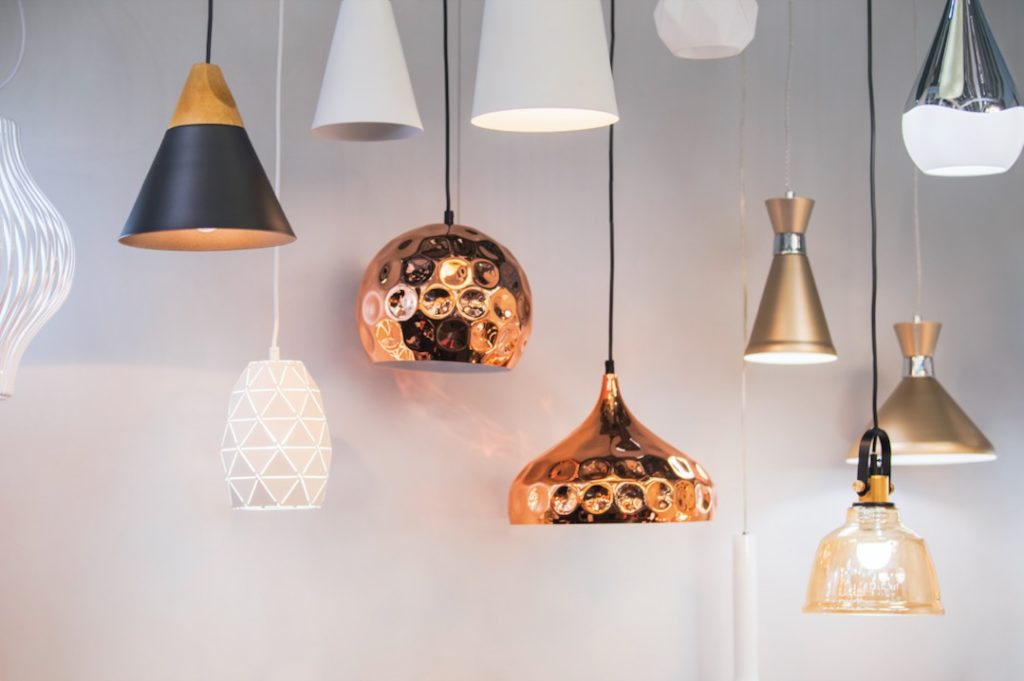
Space Day: LED Light Therapy & Blue Blockers Started With Space Exploration
Article at a Glance: National Space Day was first created in the 1990s to commemorate all of the achievements associated with space research and exploration,

Light bulb shopping used to be relatively easy. Traditionally, we would replace our light bulbs based on wattage. As governments began phasing out the use of incandescent bulbs, replacing them (with CFL, halogen, or LED bulbs) has become trickier for consumers. Rather than relying on wattage — the amount of energy needed to power a light bulb — manufacturers are now labeling their products based on other outputs. The most important specs for understanding the effectiveness of light bulbs are lumens, lux, and color temperature.
When purchasing light bulbs, it is nice to know exactly how much light they will emit. This can be indicated in terms of lumen or lux — both of which are related to brightness, but they measure slightly different things. Simply put, a lumen is the measure of brightness from a given light source (no matter what direction the light is). You’re probably familiar with the light output that a 60W incandescent bulb offers, for example. This wattage is not comparable to that of the LEDs that you’d find on the shelves today. In other words, we can no longer rely on solely comparing wattages to determine efficiency. Today, the higher the lumen measure, the brighter the bulb. Watts, on the other hand, measures the energy used.
Lux also measures illuminance; however, it accounts for the total amount of light that falls on a given surface.
1 lux = 1 lumen × (square meters) or lx = lm × m2
A flux of 1000 lumens, for example, concentrated into an area of one square meter, lights up that square meter with an illuminance of 1,000 lux. At 10 square meters, the output is 100 lux. 
Measuring lux is important because it reveals how many lumens you need to illuminate any given area. Keep this in mind if you need to illuminate larger areas in your home – the larger the area, the more lumens you need, which can generally be increased by adding additional lighting fixtures. Conversely, smaller spaces require fewer lumens for proper illumination.
Remember that your body is biologically programmed to receive different types of light exposure throughout the day (and night). The quality and quantity of your light exposure is essential for keeping your natural circadian rhythm (or sleep/wake cycle) on track. Below is a chart that outlines standard light exposure (in lux) while outdoors:
When choosing light bulbs for your home or office, be mindful of their light output (rather than just wattage). Ideally, you want to use bulbs that mimic natural sunlight during sunrise, midday, and after sunset. Proper lighting will help you maintain your energy and mood during the daytime, and promote deeper, better sleep at night.
Please note that color temperature is the third factor in the lighting trinity. For continued reading, be sure to check out Kelvin Color Temperature: What You Need to Know.


Article at a Glance: National Space Day was first created in the 1990s to commemorate all of the achievements associated with space research and exploration,

Article at a Glance: Skin is the body’s largest organ, and it’s important to protect it as much as it protects you. Maintaining healthy skin

Article at a Glance: Light is an extremely powerful stimulant and tool for the human body. There are several types of light therapy and lighting
© 2024 TrueDark. All rights Reserved | Terms & Conditions | Privacy Policy | Cookie Policy